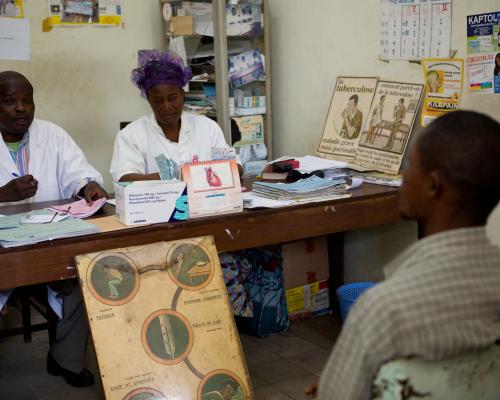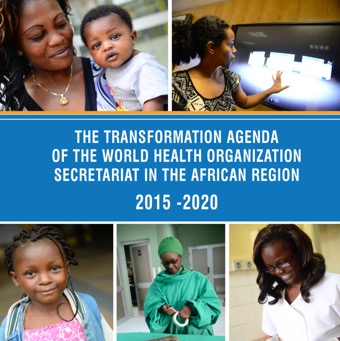World Health Day 2025: Saving Mothers, Protecting Newborns, Securing South Sudan’s Future.
Article by Dr Humphrey Karamagi, WHO Representative to South Sudan
Juba - As we mark World Health Day 2025 under the theme “Healthy Beginnings, Hopeful Futures,” South Sudan stands at a defining moment in its pursuit of equitable health for all. Nowhere is the urgency more evident than in the area of maternal and newborn health, where mortality rates remain unacceptably high, and progress is hindered by persistent system-level gaps.
The country reports one of the highest maternal mortality ratios globally, with 1,223 maternal deaths for every 100,000 live births. For newborns, the burden is equally severe, with 40 deaths per 1,000 live births and a stillbirth rate of 26 per 1,000. These outcomes are driven by well-documented barriers such as limited access to skilled care, low rates of facility-based deliveries, insufficient emergency obstetric services, and underutilization of reproductive health interventions.
Despite targeted investments, skilled attendance at birth remains low. Only 19 percent of deliveries occur with a trained health worker, and just 3 percent of facilities are equipped to provide comprehensive emergency obstetric and newborn care. Caesarean section coverage accounts for only 1 percent of total expected births, which is far below the threshold needed to manage complications and prevent maternal and neonatal deaths.
Although many women initiate care during pregnancy, far fewer complete the full continuum of essential services. According to DHIS2 data from 2024, over 60 percent of pregnant women attended at least one antenatal care visit, but less than half completed four visits, and only 15 percent reached the World Health Organization-recommended eight contacts. This drop-off continues along the maternal care pathway.
Fewer than half of those who started antenatal care delivered in health facilities, and just one in four mothers and newborns received postnatal care within two days. However, women who delivered in health facilities were significantly more likely to receive timely postnatal care, highlighting the protective effect of institutional deliveries.
Encouragingly, antenatal attendance is strongly associated with early newborn interventions. Among babies born to women who accessed antenatal care, 97.6 percent received the BCG vaccine. Birth outcomes within health facilities also reflect the impact of skilled care.
Live births accounted for 94 percent of facility deliveries, and stillbirth and early neonatal mortality rates were substantially lower than national population estimates. Nonetheless, preventable conditions such as preterm birth, neonatal sepsis, and birth asphyxia remain leading causes of complications. These are largely due to delayed or inadequate care, particularly in underserved rural areas.
These service-level challenges are closely linked to broader health system constraints. While policy frameworks are in place, implementation is sometimes slowed by coordination complexities across sectors. Health financing continues to rely significantly on external support, highlighting the need to strengthen domestic resource mobilization. Gaps in the availability and distribution of skilled health workers, particularly midwives and obstetricians, remain a key concern, alongside periodic stockouts of essential maternal and newborn commodities. Additionally, continued investment in health information systems is needed to support timely decision-making and enhance data use across all levels of care.
To accelerate progress, the World Health Organization calls for a renewed collective focus on integrated maternal and newborn health.
Strengthening national capacity for skilled birth attendance, including training, deployment, and retention of midwives, improves coverage and supports safer deliveries. Expanding access to comprehensive emergency obstetric and neonatal care, alongside functional referral systems, increases the ability to manage complications. Improving the availability of maternal and newborn commodities and advancing the use of the health information system, particularly DHIS2, enables timely monitoring and more effective planning. Institutionalizing the Maternal and Perinatal Death Surveillance and Response system allows for routine review of deaths and contributes to quality improvement. Additional investments in maternal nutrition, education, and gender equity support long-term outcomes. Increasing the availability and uptake of modern contraceptives helps reduce unintended and high-risk pregnancies and improves reproductive health.
Communication Officer
Mobile: +211 921736375
Email: atema [at] who.int (atema[at]who[dot]int)
Communications officer
Emaill: rutaremaraa [at] who.int (rutaremaraa[at]who[dot]int)


